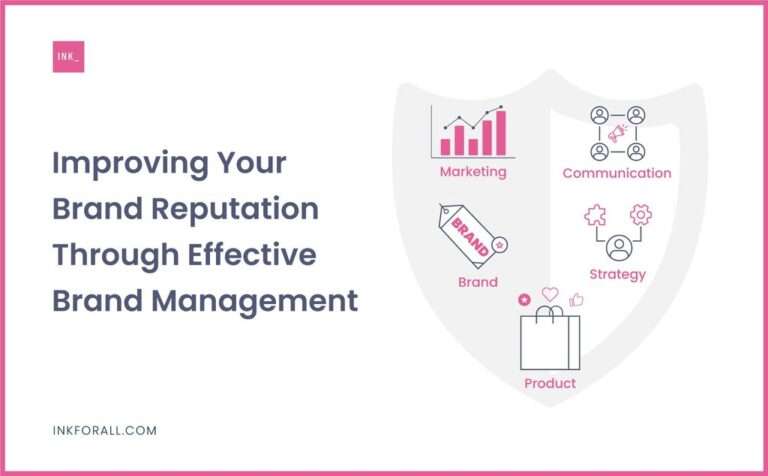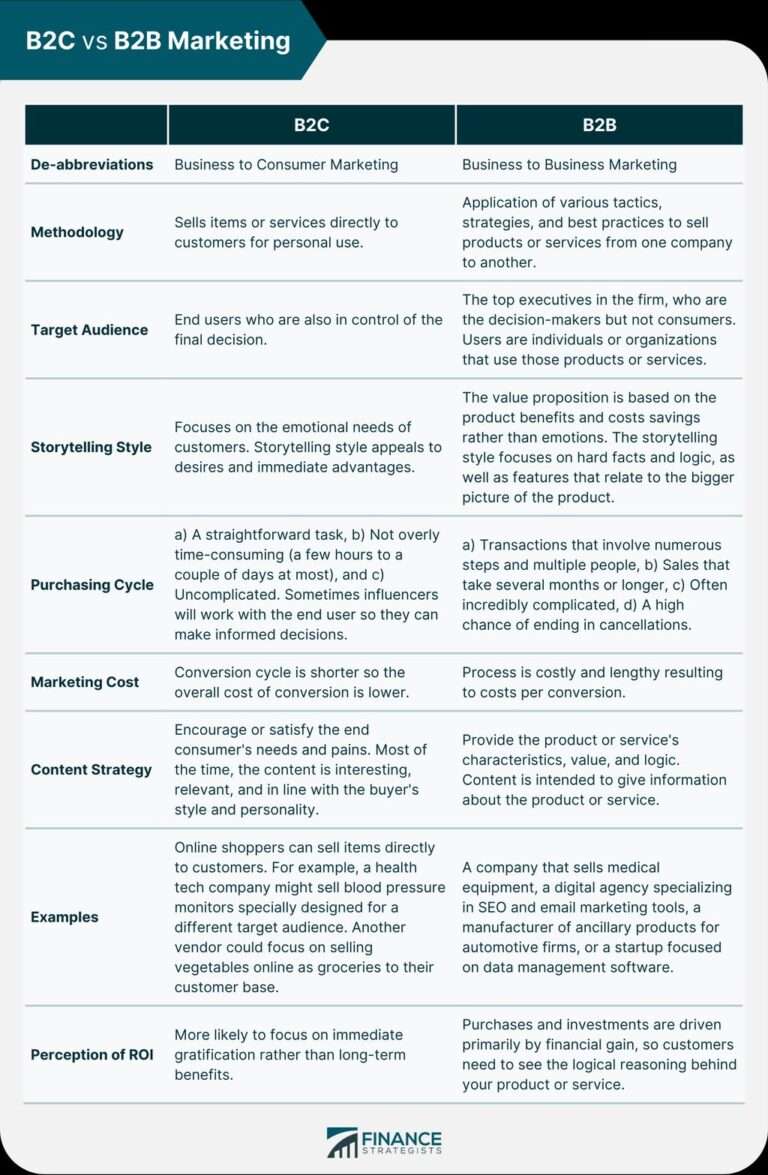What is Content Personalization?
Overview
What is Content Personalization?
Content personalization is the practice of delivering tailored content to individual users based on their preferences, behaviors, and characteristics. It involves analyzing data collected from various sources to understand user interests and needs, and then customizing the content to match those preferences. By providing personalized content, businesses can enhance user experience, increase engagement, and drive conversions. One of the key aspects of content personalization is localized content delivery, which involves delivering content that is relevant and specific to a user’s location. This helps businesses connect with their audience on a more personal level and deliver targeted messages that resonate with their local context.
Benefits of Content Personalization
Content personalization offers several key benefits for businesses. By tailoring content to individual users, businesses can provide a more personalized and relevant experience, increasing engagement and conversion rates. Personalized content also helps to build brand loyalty and customer satisfaction, as users feel understood and valued. Additionally, content personalization can improve SEO rankings and organic website traffic, as well as enhance the effectiveness of marketing campaigns. With the use of AI and personalized content, businesses can optimize their content strategies and deliver targeted messaging to their audience.
Challenges of Content Personalization
While content personalization offers numerous benefits to marketers, it also presents several challenges that need to be addressed. One major challenge is the collection and analysis of data. Gathering and analyzing data from various sources can be complex and time-consuming. Another challenge is segmentation and targeting. Identifying the right audience segments and delivering personalized content to each segment requires a deep understanding of customer behavior and preferences. Additionally, content customization can be a challenge. Creating and managing personalized content at scale can be resource-intensive and require advanced technology solutions. Despite these challenges, the benefits of personalized marketing make it a worthwhile endeavor for businesses.
Types of Content Personalization
Demographic Personalization
Demographic personalization is a key strategy in content personalization, allowing businesses to tailor their content to specific demographic groups. By analyzing data such as age, gender, location, and interests, businesses can create targeted content that resonates with their target audience. This approach helps businesses deliver more relevant and engaging content, leading to increased customer satisfaction and conversion rates. Tailoring content for businesses is a crucial aspect of demographic personalization, as it enables companies to align their content with the unique needs and preferences of their target market. By understanding the demographics of their audience, businesses can create content that speaks directly to their customers, addressing their pain points and offering solutions that are tailored to their specific needs. With the increasing availability of data and advanced analytics tools, businesses have the opportunity to leverage demographic personalization to create highly personalized and impactful content experiences for their customers.
Behavioral Personalization
Behavioral personalization is a powerful strategy that involves tailoring content based on user behavior and actions. By analyzing user interactions such as clicks, purchases, and browsing patterns, companies can gain valuable insights into individual preferences and interests. This allows them to deliver personalized experiences and recommendations that are highly relevant to each user. Key benefits of behavioral personalization include increased engagement, improved customer satisfaction, and higher conversion rates. However, implementing behavioral personalization can be challenging as it requires collecting and analyzing large amounts of data, as well as developing sophisticated algorithms to interpret user behavior. Despite the challenges, companies that successfully implement behavioral personalization can create highly personalized and targeted content that resonates with their audience, leading to better business outcomes.
CTA: Visit Unifire to learn more about how our AI-powered platform can help you implement behavioral personalization and create personalized content at scale.
Contextual Personalization
Contextual personalization is a type of content personalization that focuses on delivering tailored content based on the specific context in which the user is interacting with the website or app. It takes into account factors such as the user’s location, device type, time of day, and browsing behavior to provide a personalized experience. By understanding the user’s context, businesses can deliver more relevant and engaging content, increasing the chances of conversion and customer satisfaction. Benefits of personalized content include improved customer engagement, increased conversion rates, and enhanced brand loyalty. However, implementing contextual personalization can be challenging as it requires collecting and analyzing large amounts of data and creating dynamic content that adapts to different contexts. Despite the challenges, contextual personalization is becoming increasingly important in today’s digital landscape, as consumers expect personalized experiences across all touchpoints. To implement contextual personalization effectively, businesses need to invest in robust data collection and analysis tools, develop a deep understanding of their target audience, and create customized content that resonates with different contexts. By leveraging the power of contextual personalization, businesses can deliver personalized experiences that drive customer satisfaction and business growth.
Implementing Content Personalization
Data Collection and Analysis
Data collection and analysis is a crucial step in implementing content personalization. By gathering data on user behavior, preferences, and demographics, you can gain valuable insights into your audience. This data can then be analyzed to identify patterns and trends, allowing you to create personalized content that resonates with your users. Additionally, data analysis can help you track the effectiveness of your personalized content and make data-driven decisions to optimize your strategies. To collect and analyze data effectively, it is important to use tools and technologies that automate the process and provide accurate and actionable insights. By leveraging data collection and analysis, you can generate valuable insights that drive engagement, conversions, and ultimately, generating sales with email campaigns.
Segmentation and Targeting
Segmentation and targeting are crucial steps in the process of personalization. By dividing your audience into specific segments based on their demographics, behaviors, or contextual factors, you can tailor your content to meet their unique needs and preferences. This allows you to deliver more relevant and engaging experiences, increasing the likelihood of conversion and customer satisfaction. To effectively segment and target your audience, you need to collect and analyze data to gain insights into their characteristics and behaviors. Once you have identified your segments, you can then customize your content to address their specific interests, pain points, and motivations. This process of personalization requires a strategic approach and ongoing refinement to ensure its effectiveness. By implementing segmentation and targeting techniques, you can create personalized experiences that resonate with your audience and drive meaningful results.
Content Customization
Content customization is a crucial aspect of content personalization. It involves tailoring the content to meet the specific needs and preferences of individual users. By analyzing user data and understanding their behaviors, demographics, and context, you can create personalized experiences that resonate with your audience. One important technique in content customization is the use of conditional content, which allows you to display different content based on specific conditions or criteria. For example, you can show different product recommendations to users based on their previous purchases or browsing history. This level of customization not only enhances user engagement but also increases the likelihood of conversions. To implement content customization effectively, it is essential to have a robust data collection and analysis system in place, as well as a segmentation and targeting strategy. By leveraging these techniques, you can deliver highly relevant and personalized content to your users, driving better results for your business.
Conclusion
The Future of Content Personalization
As technology continues to advance, the future of content personalization looks promising. By leveraging user data and AI algorithms, companies can deliver personalized content for user preferences. This not only enhances the user experience but also increases engagement and conversions. With the ability to tailor content based on demographics, behaviors, and context, businesses can create more relevant and targeted experiences for their audience. However, implementing content personalization comes with its challenges, such as data privacy and ensuring accurate segmentation. To successfully implement content personalization, companies should follow best practices, including thorough data collection and analysis, effective segmentation and targeting, and content customization. By embracing content personalization, businesses can stay ahead of the competition and provide valuable experiences to their users.
Best Practices for Successful Implementation
When implementing content personalization, there are several best practices to keep in mind. First, it is important to have a clear understanding of your target audience and their preferences. This can be achieved through thorough data collection and analysis. By segmenting your audience based on demographics, behavior, and context, you can tailor your content to their specific needs and interests. Additionally, content customization plays a crucial role in successful implementation. This involves creating personalized experiences for each individual, whether it’s through dynamic content, personalized recommendations, or targeted messaging. By following these best practices, you can ensure that your content personalization efforts are effective and deliver a personalized experience to your audience.
CTA: Start personalizing your content with Unifire
Unifire is a powerful content personalization platform that can help you take your personalization efforts to the next level. With its advanced features and user-friendly interface, Unifire makes it easy to collect and analyze data, segment your audience, and customize your content. Don’t miss out on the opportunity to engage and convert your audience with personalized content. Try Unifire today and see the difference it can make in your content strategy.
How to Implement Content Personalization
- Define your goals: Start by identifying the objectives you want to achieve through content personalization.
- Collect and analyze data: Gather relevant data about your audience, including demographics, behavior, and preferences.
- Segment your audience: Divide your audience into different segments based on their characteristics and interests.
- Create personalized content: Tailor your content to each segment, considering their specific needs and preferences.
- Test and optimize: Continuously monitor and analyze the performance of your personalized content, making adjustments as needed.
- Measure results: Evaluate the impact of content personalization on key metrics, such as engagement, conversions, and customer satisfaction.
- Iterate and improve: Use the insights gained from data analysis and performance measurement to refine your content personalization strategy and improve its effectiveness.
By following these steps, you can successfully implement content personalization and unlock its benefits for your business.
Benefits of Content Personalization
Personalizing content allows you to deliver tailored experiences to your audience, increasing engagement and conversion rates. By understanding your users’ preferences and behaviors, you can create relevant and targeted content that resonates with them. This leads to a more personalized customer journey, resulting in a higher likelihood of repeat visits and purchases. Additionally, content personalization enables you to deliver non-intrusive personalized marketing that feels natural and valuable to your users. This approach fosters a stronger relationship with your audience and enhances brand loyalty. With the advancements in data collection and analysis, implementing content personalization has become more accessible and effective than ever before.
In conclusion, Unifire is the ultimate tool for extracting summaries, keywords, and titles from your podcast and repurposing your content. With Unifire, you can save time and effort by automating the process of creating engaging content. Whether you’re a podcaster, content creator, or marketer, Unifire can help you optimize your content and reach a wider audience. Don’t miss out on the opportunity to enhance your content strategy. Visit Unifire today and start maximizing the potential of your podcast!






